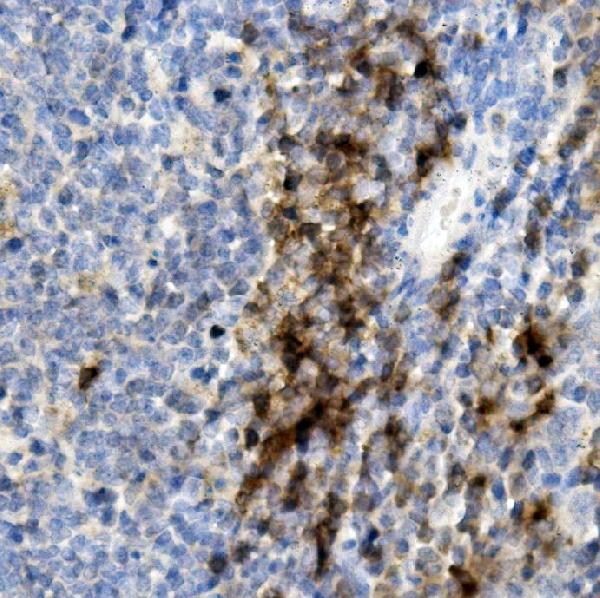The CD8 molecule is made up of two chains referred to as the beta and alpha. CD8 can be found in a subset of T cells of normal cytotoxic/suppressor cells that comprise around 20-35 percent of the human peripheral blood lymphocytes. The CD8 antigen can also be detected naturally on killer cells up to 80 percent of thymocytes, and on the subset of 30% in peripheral blood non-null cells, and 15 to 30 percent of the bone marrow cell.
The alpha CD8 antibody acts as a powerful marker for T lymphocytes that cause cytotoxic damage because it binds on the CD8 co-receptor, which is located in the cells' surface and recognizes the topological region that is CD8 alpha.

Since the CD8 antibody is derived from the alpha chain, it will recognise both CD8 alpha and CD8 beta heterodimer which is the most prevalent variant, and the CD8 alpha and CD8 homodimer alpha. CD8A is a CD8A gene can also be present on naturally occurring killer cells (NK cells) as well as dendritic cells, and cortical thymocytes.
This makes the CD8 alpha antibody a possible indicator to these cell types. CD8 is a glycoprotein on the cell surface that is found on T-cells and acts as a co-receptor to MHC Class I, playing part in the activation of T cells and the response to immune. CD8a is a human CD8a is processed into amino acids of 235 with a molecular weight of 26 Kilograms.
We provide antibodies for detecting CD8 which have been mentioned in over 40 scientific publications. Explore our collection of monoclonal and polyclonal and CD8-conjugated antibody. Validated research applications for our CD8 antibodies include Blocking/Neutralizing, CyTOF-ready, Dual RNA-scope ISH-IHC, ELISA, Flow Cytometry, ICC, Immunofluorescence, IHC-Frozen, IHC-Paraffin, IP, Sandwich ELISA Capture, and Western Blot.
